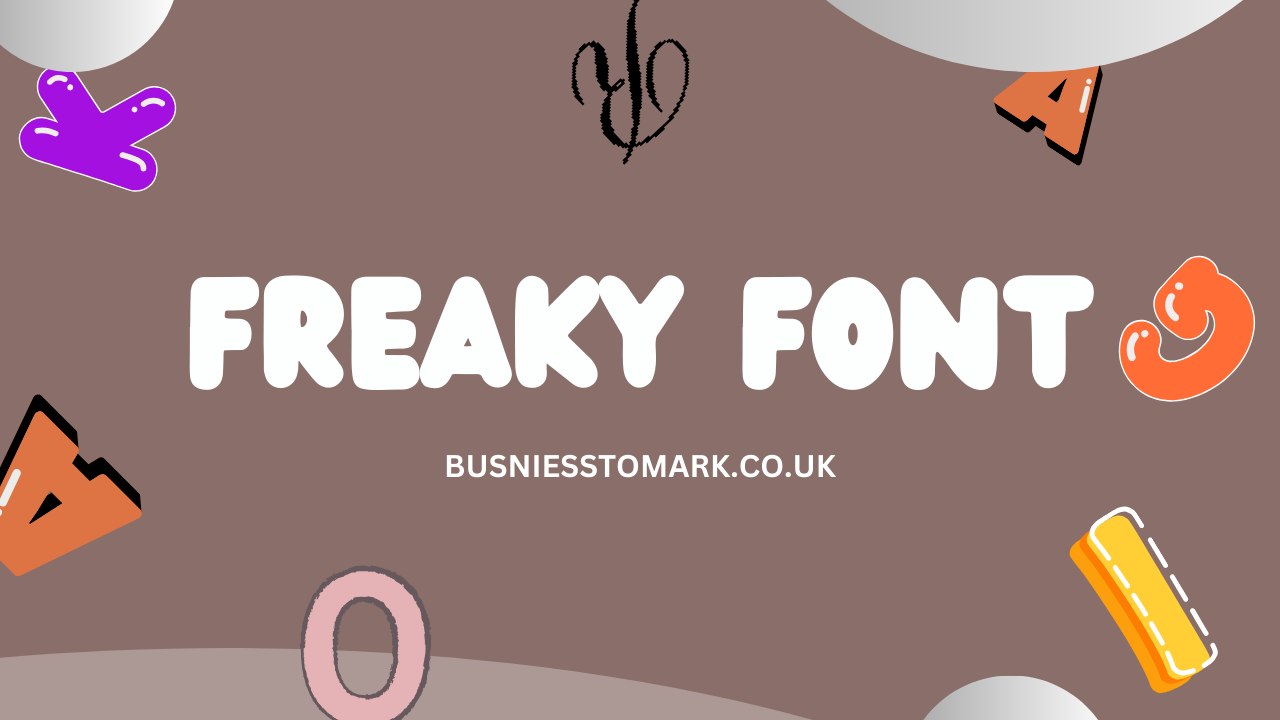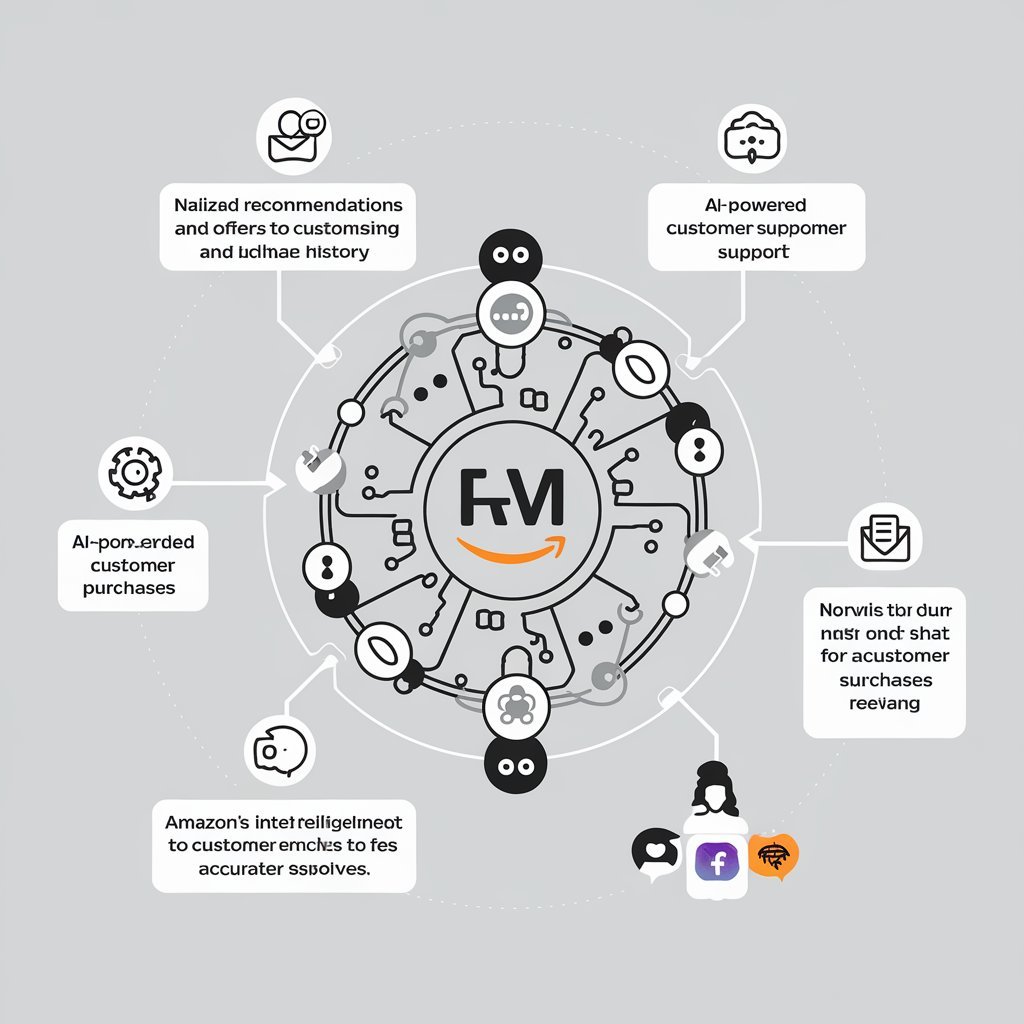Introduction
Contents
In typography, fonts are the visual voice of text, influencing how messages are perceived and understood. While traditional fonts like Times New Roman and Arial have their place in formal and professional settings, sometimes a project calls for something more unconventional and fun. Enter the world of freaky font—typefaces that bring a unique and quirky flair to any design.
What is a Freaky Font?
Freaky fonts are characterized by their unusual, whimsical, and often playful designs. They break the norms of traditional typography with irregular shapes, unexpected angles, and creative embellishments. These fonts are perfect for adding personality and fun to projects that need to stand out.
History and Evolution
The concept of non-traditional fonts has been introduced previously. In the 1960s and 1970s, the psychedelic art movement introduced fonts that were bold, wavy, and often hard to read, reflecting the experimental nature of the era. Over the decades, designers have continued to push the boundaries of typography, creating fonts that defy conventions and embrace eccentricity.
Popular Uses of Freaky Fonts
- Marketing and Advertising: It are often used in advertisements to capture attention and convey a fun, youthful vibe. They can make a product or service seem more approachable and memorable.
- Event Posters: It can add an exciting and energetic feel to promotional materials for events like music festivals, parties, or art exhibitions.
- Children’s Products: From toys to educational materials, freaky fonts can appeal to children with playful and engaging designs.
- Social Media Graphics: In the fast-paced world of social media, standing out is crucial. Freaky fonts can help create eye-catching posts that attract likes, shares, and comments.
Designing with Freaky Fonts
When incorporating freaky fonts into your designs, striking a balance is essential. Here are some tips:
- Use Sparingly: Because these fonts are visually striking, using them too much can overwhelm your audience. Use them for headlines or key elements rather than body text.
- Pair with Simpler Fonts: Combine freaky fonts with more traditional fonts to ensure readability and maintain a professional look.
- Consider the Context: Make sure the font matches the tone of your project. A freaky font might not be suitable for severe or formal content.
Top Freaky Fonts to Try
Here are some popular freaky fonts that can add a unique touch to your designs:
- Comic Sans: Often considered the quintessential fun font, Comic Sans is informal and whimsical.
- Jokerman: Known for its decorative elements and playful curves, Jokerman is excellent for artistic projects.
- Chiller: With its erratic, drippy design, Chiller can add a spooky or chaotic vibe.
- Papyrus: This font combines a handwritten feel with a touch of ancient elegance, making it a versatile choice for various creative projects.
The Impact of Freaky Fonts on Brand Identity
Brands are constantly seeking ways to differentiate themselves in a crowded marketplace. It can play a pivotal role in shaping a brand’s identity, particularly for businesses that thrive on creativity and innovation. By incorporating these fonts into logos, packaging, and marketing materials, companies can convey a sense of uniqueness and approachability. This helps build a distinctive brand image that resonates with target audiences, especially those who value originality and fun.
Cultural Influence and Global Appeal
The appeal of it transcends cultural boundaries. In an increasingly globalized world, these fonts can be adapted to various languages and cultural contexts, bringing a local flavor to international designs. For instance, Japanese Kawaii culture, known for its cute and whimsical aesthetics, often incorporates freaky fonts to enhance the playful nature of products and media. Similarly, Latin American celebrations’ vibrant and colorful designs frequently utilize these fonts to amplify their festive spirit.
Psychological Effects of Freaky Fonts
Typography is not just about aesthetics; it also has psychological impacts. It can evoke specific emotions and reactions from viewers. Studies have shown that unconventional fonts capture attention more effectively than traditional ones. They can elicit joy, excitement, and curiosity, making them powerful tools for engagement. By understanding the psychological effects of these fonts, designers can create more impactful and emotionally resonant content.
The Role of Technology in Creating Freaky Fonts
Advancements in design software and digital tools have revolutionized how it are created and utilized. Modern design programs offer extensive customization options, allowing designers to experiment with shapes, textures, and animations. This technological progress has democratized the creation of unique typefaces, enabling even amateur designers to craft freaky fonts. Additionally, augmented reality (AR) and virtual reality (VR) open new avenues for interactive and immersive typography experiences.
Challenges and Considerations
While freaky fonts offer numerous advantages, they also come with challenges. One significant concern is legibility. Because these fonts often prioritize creativity over clarity, they can sometimes be challenging to read, particularly in smaller sizes. Designers must carefully consider the context in which these fonts will be used and ensure that the text remains comprehensible. Another challenge is the risk of overuse. Too much reliance on freaky fonts can dilute their impact and make designs appear cluttered or unprofessional.
Conclusion
Freaky fonts add a unique and playful touch to design projects, making them stand out with personality and flair. These unconventional typefaces can effectively capture attention and evoke emotions by balancing creativity with readability and considering the context. As design technology evolves, freaky fonts will continue to offer exciting possibilities for innovative and engaging visual communication.




